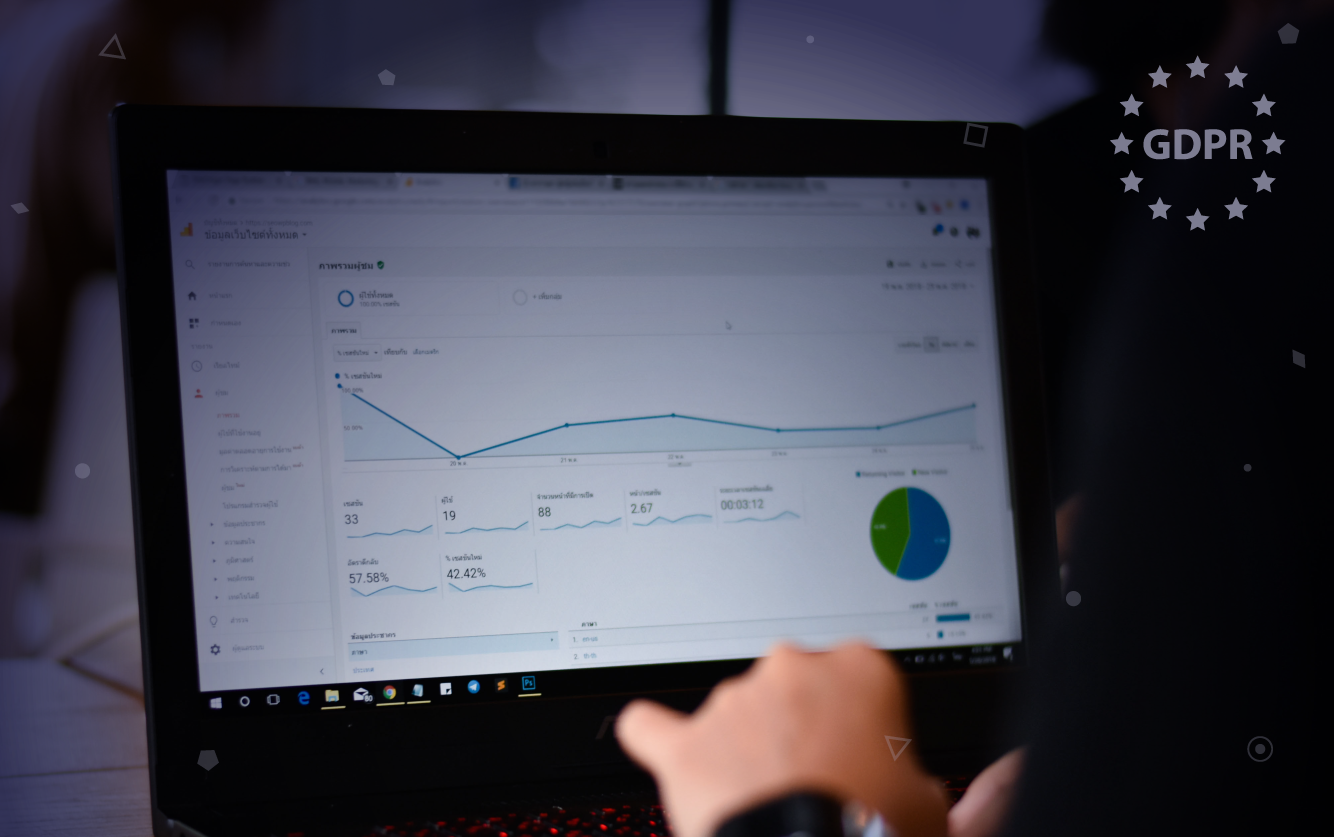BLOG

27/10/2022
|
|
|
Tim Doorduijn |
Digital marketers have come to rely on tag management systems (TMS) to optimize their performance, improve website personalization and analytics.
A TMS is a digital marketing software that helps marketers manage their website to enable personalization and/or data collection by third parties such as ad networks, analytics services, and social media platforms.
The reason they're so popular is their ease of use – the digital marketer is in control, with hardly any IT involvement necessary. Second, when dealing with a large number of tags, a TMS allows for easier maintenance, management, and control of strings of code.
But, as legislation and technology change, advertising is becoming restricted as browsers are limiting data collection through the use of cookies and tracking (external http) requests. Now, businesses and marketing teams, like yours, are tasked with finding new ways to reach their audience. Instead of tags, entire advertising and marketing ecosystems are moving towards server-side data collection and analytics.
Next to overcoming the tracking limitations and regulatory requirements, server-side data management does more than that: it allows you to have full control over customer data and define what is being shared with third parties such as advertising and analytics platforms.
Moving Towards Server-side Data Collection & Activation
As consumers become more conscious about their personal data online, they're also becoming more wary of the technologies that companies, like your organization or brand, use to collect it. Setting third-party cookies from Facebook or other advertising delivery platforms like DV360, for example, onto their browsers is becoming increasingly regulated and consent-based. As browsers focus on providing users with a better privacy experience, they're limiting what Javascript – the technology that facilitates cookies and tracking requests – is allowed to do.
Javascript won't disappear, but marketing tools using the programming language have been significantly impacted contributing less value without any action.
Now, marketers are moving to server-side solutions, allowing them to collect data without the need for browser-side cookies.
Server-side data management vs. tag management
With server-side data management, no third-party tags or code are needed for data collection. Data, like customer behavior, is collected only by you – unlike ad networks, who collect data without your direct control. This means that you get to decide where this data goes.
The result? Better privacy of personal data since your company and marketing have full control over the data shared with advertising partners.
With this shift in paradigm reflected in Google’s move from Universal Analytics (UA) to Google Analytics 4 (GA4) – purpose-built to operate server-side – it begs the question: will Google Tag Manager Server-side (GTM SS) become your future-proof data collection solution?
Server-side Tagging in Google Tag Manager Is No Magic Wand
Digital marketing and analytics teams know they have to keep up with the changing technical and privacy landscape. Google Tag Manager Server-side (GTM SS) appears to be the solution, especially since it’s a well-known platform.
However, it doesn’t solve all your company’s problems. All GTM SS does is move a piece of data collection from the browser to the server, with limitations:
Functional Limitations
- GTM SS is part of the Google family: While they have an identity map within their own platform, GTM can’t connect identifiers from other (significant) partners like Facebook, Amazon, local DSPs, mobile IDs, etc.
- Google prioritizes its own products: As a result, using other tech like Facebook, AWS in the United States, and other, lesser-known channel connectors, is not a priority for the tech giant – and it doesn’t look like it will be anytime soon.
- Google Tag Manager's biggest challenge: Google profits from the data you and your customers provide. Any Google app that you link to your accounts – like Ads, DV360, GA4 – will share more data than you intend.
- Poorly optimized: You will need two different GTM instances, a client-side GTM, and a server-side GTM instance, in order to use Google Server-side in conjunction with client-side tags.
Legal Concerns – Google Under Scrutiny
Google's web analytics tools (UA and GA4) are currently not GDPR compliant in a number of EU countries – a result of Google's failure to protect EU individuals' personal data. Google cannot ensure that intelligence agencies are not keeping an eye on its servers.
Despite not being subject to these limitations, Google Tag Manager is still US-based and part of the company’s ecosystem. Selecting a Google solution can lead to using a tool that might be deemed illegal in your country or region.
The bottom line: Keeping all your eggs in one basket is not a future-proof solution (especially when the basket prioritizes itself over your eggs).
Benefits of True Server-side Data Management with Relay42
Click on the graph to expand it
This is about a paradigm switch. It’s a movement that creates harmony between privacy and data. We’re working towards the same objectives, but we’re doing it differently: our Relay42 Server-Side Data Solution is driven by the changing technical landscape and data privacy legislation.
Built for a cookieless world, Relay42 offers server-side integrations – something that Google is not likely to support for other suppliers. Our platform is a vendor-neutral customer data platform with a built-in server-side solution, offering dynamic ID management from all partners. How does this translate in terms of privacy and performance?
Data privacy
Legal concerns regarding compliance can be mitigated by Relay42's data stream to Google. Since Google and GA4 are our key partners, we have more control over which data we send to them. This prevents the disclosure of private information like IP addresses.
- Your data is your data: With server-side data management from Relay42, you have full control over what kind of data you send to third parties, thereby protecting the privacy rights of customers and maintaining GDPR compliance.
-
No data leakage: With standard tags, you can only control some data. With the nature of tags, a lot of “standard” pieces of information is sent to third parties, including IP addresses, browser information, etc.
Performance
- Better optimization can be achieved. Just a single piece of code is loaded – not a separate tag for every external party.
- All data is sent to one location: your own domain. With tags, on the other hand, each piece of code sends the same data to their respective third-party location.
- SSDM is part of Relay42’s existing functionality. Where GTM SS requires two different GTM instances, you can simply continue using Relay42 without the need for any new instances.
Future-proof Your Marketing with Customer-first Data Management
Relay42 is a true server-side data management platform that allows marketers to collect data in an evolving world, where the nature of data and privacy regulations surrounding it have changed. Purpose-built for seamless integration with a cookieless world, taking advantage of our platform allows you to harness the future of web analytics early.
Reach out to our team for a customer-first marketing solution – where your data is your data.




